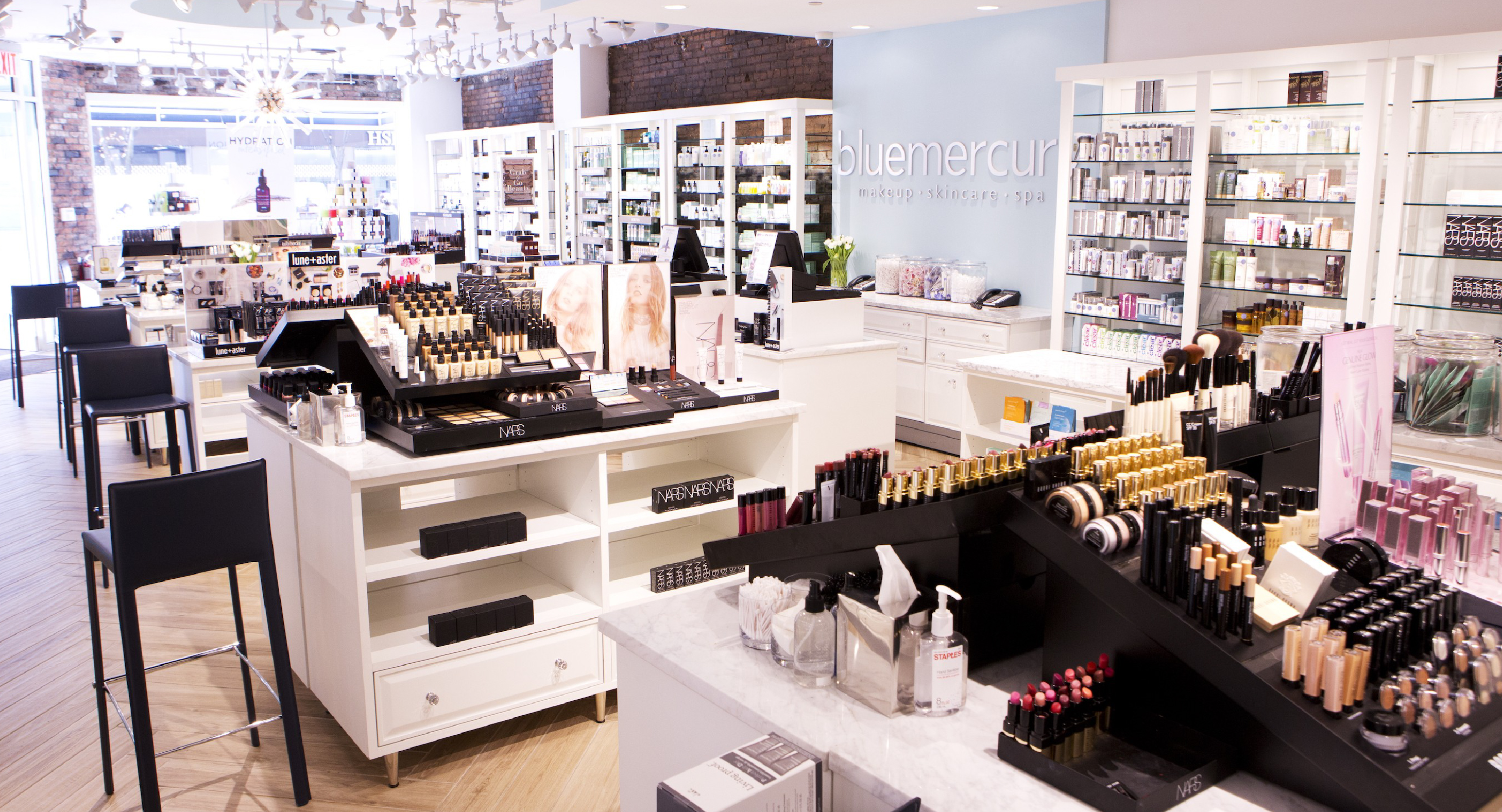Many businesses want to ensure that they still are relevant and in tune with what their customers desire. For the beauty retail industry, relevancy will depend on how well businesses can tailor the digital interactions of their customers for a seamless experience, whether the customer is online or physically in your store. Let’s take a deeper look into the trends that beauty retailers need to be on the lookout for.
Brand positioning
Globally, beauty retail brands with brick-and-mortar stores are refurbishing their stores to incorporate more of a modern and sleek aesthetic; this comes as the desire to position their brands as premium and to also encourage their customers to visit their stores. To better complement the modern customer, these brands are focusing on ensuring that they have “clean” products in their offering. These are products free of sulphates, parabens, and other ingredients that are seen as harmful. Vegan and halaal products are also growing in popularity, with consumers looking for more cruelty-free, environmentally friendly beauty products.
Merging online with offline experiences
As this being the 3rd year of covid, more stores desire to get their customers to visit their physical stores. This desire needs their customers to have seamless transitions between their online and offline experiences. Beauty retail stores will have more digital features at their stores, features like virtual try-ons of how a make-up product will look on the customer. Beauty retailers will increasingly build software that their customers can interact with in-store.
A notable example of software to come is Sephora’s Pantone Color IQ. This software allows the customer’s skin tone to be scanned and then products complementary to that skin tone are suggested. Not only does this supply a personal, tailored experience for the customer, it also allows more items to be suggested to the customer. Therefore, the chances of more products being sold to that customer are increased. As software like this becomes increasingly popular, other beauty retailers will need to have their versions on virtual experiences to get their customers interacting with their brands.
Value-adding services for customers
To attract more customers, more beauty stores will offer value-adding services like beauty treatments and tutorials in-store. Customers are increasingly wanting personalised experiences from the brands they support, so having benefits like facials, hand massages or pedicures will become the norm. Not only will this help your customers, because they will get more value for their money, but the store also has more opportunities to expose their customers to more products. There will be more opportunities for you to cross-sell; for example, a customer who only intended to buy nail polish may leave with a hand scrub and hand cream because they enjoyed their hand massage so much.
E-commerce channels
We understand covid has sped up the move to e-commerce for a lot of businesses across all industries. So now, the focus will be on introducing as many options as possible for your customers online to pay for their products and services. Think about your business and how many payment options you offer, is it enough to stay ahead of your competitors? You want to go beyond card payments, so think of payment options like PayPal, Apple Pay or PayFlex which offers a Buy Now Pay Later solution.
For companies using courier services, the next step is to invest in courier services that offer the fastest delivery possible, with exceptional communication. Customers shouldn’t be kept in the dark about where their products are, so companies that go beyond offering a regular tracking number will be ahead of their competitors. People will want to see how far their product is, in real-time.
The bottom line
The technological acceleration that came with covid, means that customers will want their digital experiences to be as smooth as technologically possible. Beauty retailers looking to stay ahead of the curve should invest in ways to make that online experience seamless while also paying attention to their brick-and-mortar stores. Think about how you will merge technology (online and offline) to create personalised digital experiences for your customers.

